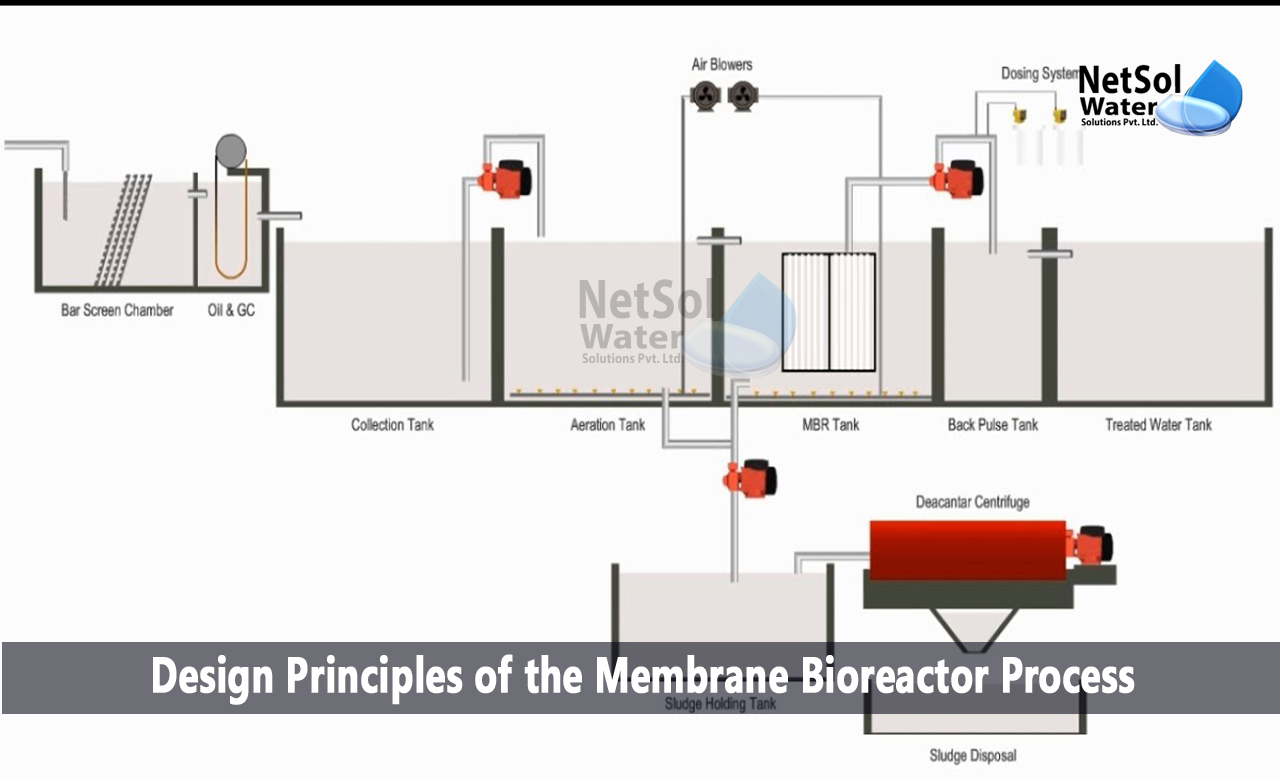What are the Design Principles of the MBR Process?
MBR technology is being applied more and more frequently, and interest in its stable and clear effluent has increased significantly. However, its massive quantity of maintenance also gives many users a pain, therefore, you should pay attention to a few things during the design stage if you want to limit the intensity of maintenance work when using Membrane Bioreactor technology.
Therefore, let’s understand the design principles of the Membrane Bioreactor (MBR) Process.
1. The MBR membrane module's design numbers
The entire daily water output, the actual MBR system running period, and the type of wastewater are the primary factors that influence, how many MBR membrane modules are designed.
According to the kind of wastewater, we typically choose the right operating model and flux of the MBR membrane, and then we determine the necessary number of MBR membrane modules, using the MBR's actual running time.
2. Spacing between the MBR membranes
Maintain a specific spacing between MBR membranes. The effective gap should be suitably extended if the membrane itself has a high density of membrane filaments. This can lessen the hardening and trapping between membrane filaments, eliminate the need for frequent membrane module cleaning, and keep the flushing airflow to the top membrane filaments flowing smoothly.
3. MBR membrane placement direction
Depending on the installation space, the MBR membrane can be put either horizontally or vertically. In order to limit the amount of residual pollutants between the membrane filaments, when the MBR membrane is positioned horizontally, the membrane filaments should be kept slightly sagging.
The filtering effectiveness and service life of the MBR membrane are better when installed vertically, than when installed horizontally.
4. Membrane Module design size
In general, we don't make the membrane module extremely large since the same aeration volume won't be enough for it, and the membrane installation density will be higher for larger membrane modules.
Additionally, installing the membrane too densely will make washing the inner membrane more challenging, when the dirt that has accumulated on the membrane needs to be removed.
5. The membrane pool's membrane MBR module spacing
The MBR membrane module is placed in the tank's centre, and it is made sure that the area surrounding it is kept at least 30% larger, than the membrane module itself.
Maintain a distance of 350 mm or more between the top of the membrane module, and the water's surface, 500 mm or more between the top of the MBR tank and the water's surface, 180 mm or more between the bottom of the membrane module and the aeration pipe, and 150 mm or more between the aeration pipe and the pool's bottom.
Conclusion
In order to minimise MBR membrane module problems throughout the project's operation, increase the MBR process filter's efficiency, and lengthen its useful life, consider the total amount of water produced each day, the size of the MBR membrane module design, the spacing, and the placement direction of the MBR membrane.
Choose the best providers of wastewater treatment plants in India!
At Netsol Water, we are committed to providing high-performing water and wastewater treatment systems including membrane bioreactors, to assist commercial and industrial enterprises with their treatment requirements. We have earned a reputation for providing top-notch service and customisations, which help our clients lower operating expenses and increase the life-span of their equipment.
Every purchase of these systems includes installation, manufacturer's warranty, and a 24-hour customer service. You can reach us via phone at +91 9650608473 or drop a mail at enquiry@netsolwater.com for additional information.



